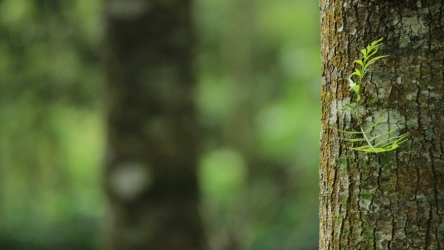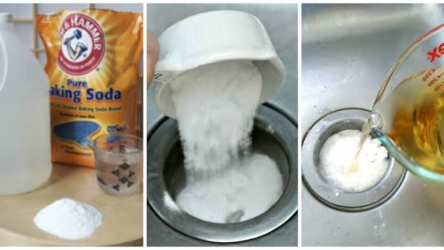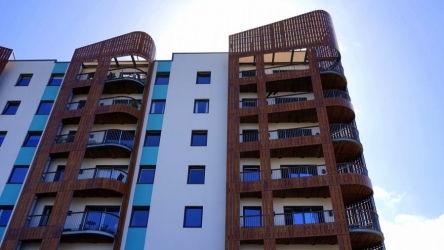
Usually, homeowners grow their trees outside of their home. They take care of these trees on their lawn because they know that these help add something to the overall aesthetic appeal of their home. At the same time, having trees on their lawn helps add shade to their property. Especially in areas where the sun may be too hot, a tree can be a big help. With this, there are many reasons why trees in front and backyards are a common choice for homeowners.
While outdoor trees are extremely common, there are others who opt to grow their trees indoors. Especially in the case of a fruit tree, homeowners choose to keep them indoors because they know that these trees are very low maintenance, and they can produce a fragrant smell. Fruit trees are usually bred inside containers, which is why they are an ideal choice for indoor plants. Because of the demand for these types of trees, the varieties of these plants have also increased immensely. There are almost a dozen different varieties of fruit trees suitable to grow indoors—among them are lemon, orange, lime, pomegranate, tangerine and many more. Since they can be easily cared for, you won’t have any problem taking care of them on your own. If you have an indoor fruit tree, however, it does not mean that you should not acquire the help of a professional tree care company. As a matter of fact, you will still need the help of an arborist to ensure that your indoor plant is well taken care of. Even though these plants do not require much maintenance, having a professional arborist maintain its condition will help prolong its health and lifespan. At the same time, this will help you take care of any future problems that they may encounter.

If you have already had an indoor fruit tree in your home, you may be pretty experienced with the common problems that may occur. Here are some of these problems and how you can resolve them on your own:
Problem #1: The Tree does not Bear Any Fruit
One common problem that homeowners have with their indoor fruit tree is that it does not bear any fruit. If you have a fruit tree growing in your home, it is very important that you are patient about its growth. Even though the tree you may have purchased is already an established one, it still may not ready to bear any fruits. You have to be patient with your indoor fruit tree because they usually start growing fruit once they have reached over two years old. During the first year, you really have to be patient and not expect the plant to bear any fruit right away. If you have been patient with the plant and it still hasn’t produced anything, a good suggestion is to place the tree outdoors during the warmer months. This will help your fruit tree get pollinated by bees and other types of insects. Even though most of these trees may be self-pollinating, a little sunshine will work wonders on your plant.
Problem #2: The Tree is Invaded by Pests
While you may be annoyed with the pests that invade your indoor fruit tree, you have to understand that it is a natural occurrence. Every once in a while, it is common for your tree to get infested by garden pests such as fruit flies or aphids. The good news is that this can be easily rectified. The first thing you have to do is mist your fruit tree when you see the pests surrounding your plant. Especially for indoor citrus trees, misting your plant will help get rid of pests since these plants love humidity. If the pests are reluctant and are still bothering your plant, you may have to remove each by hand. Once the pests have been removed, you can mist the tree and even do it regularly. This will help get rid of the problem
Problem #3: The Tree has Yellow Leaves and is Excessively Shedding its Leaves
Another common problem with indoor fruit trees is that it sheds its leaves excessively and its leaves turn yellow. Usually, when these things occur, it could mean three different things—it may mean that it does not have enough sunlight, it is caused by a watering issue, or it is not in the right pot. Once you encounter this problem, you can try placing your tree in an area where it can get exposed to direct sunlight for six hours. Finally, you should transfer your plant to a larger container after it reaches five years or more. This will help ensure that your fruit tree continues to grow and mature healthily. Follow these tips to help you care for your indoor fruit tree. If you need the help of a professional tree care company, look for one that can provide you the assistance you need.
Stewart Scott is a certified arborist and is the owner of Cevet Tree Care, where he offers the best tree service Columbia MO has to offer. Cevet has provided tree trimming and other tree care services to mid-Missouri for almost 20 years.







